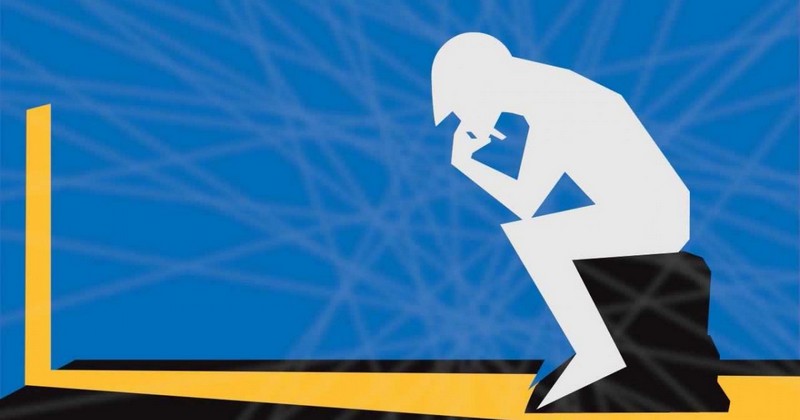How do we organize information in our mind? Schemas and categories

Cognitive categories and schemas: important concepts for understanding how we think.
Every second we are awake, our senses collect information from the outside and from our internal organs.. All this information is not found in our brain in a random and chaotic way, on the contrary, our brain is a big association machine that organizes our perception of the world thanks to two cognitive structures: the schemes y categories.
Both are structures that associate and manage the information we receive, providing us with valuable representations and interpretations of reality, which are fundamental to orient us and guide our behavior towards the goals we set for ourselves.
Cognitive schemas
The cognitive schemas are the cognitive tools that people possess to organize knowledge about a concept, be it a person, situation, role or group. Human beings have the need to synthesize and organize information. We are not able to integrate everything that comes to us at every moment, so we have to select, simplify and emphasize what is important. But then, under what criteria is this distribution of information carried out by the schemas? Our interests, values, emotions and tastes are in charge of this simplification.
Schemas are activated by everyday life situations. Stimuli activate the schema, and once activated the schema fills in missing information or creates expectations about what is likely to happen or what something is likely to be. They are filterers of reality.
Having schemas always implies having expectations about how people act and how different events will happen.. For example, our schema of a master class implies a series of expectations about how a class is going to take place, if something new were to occur during the course of the class, this new information would activate our attention and would be added as a possible new element in the schema after a previous schema break since this new information was not in the schema so it surprises us and we may not know how to react.
There are very schematic subjects who are guided by very few schemas and only use these few to organize all the information and to act. For example: someone who relates everything to soccer, and always acts in a way that is directed and in line with this.
Person schemas
Person schemas group organized information about the different traits, goals, motivations and behaviors associated with different types of people. associated with different types of people. Having schemas of people determines what I expect from each person depending on the label we have established about them. These schemas determine the type of relationship we have with others.
Causality schemas
Causality schemas are experience-based beliefs about how certain types of causes interact to bring about an effect. to bring about an effect. It is a way for our brain to establish associations between acts and consequences, between causes and effects.
Self-schemas
Self-schemas are the structured representation of knowledge about oneself. They can be understood as theories that the person has about him/herself in different areas. That is, cognitive generalizations about oneself.
Schemas of events or situations
Event or situation schemas are organized knowledge about a sequence of events that appear in certain everyday social situations. social situations. They impose a linear-temporal order by representing the sequence of interactions that occur in the scenario. They are shared by people belonging to the same cultural groups.
Categories
In psychology, when we speak of categories we refer to the structures in charge of classifying elements according to their similarity.. Categorizing implies simplifying since categories relate elements.
The elements that share the category are grouped around a prototype, which is the element that best represents the category. The prototype can be defined as the most representative exemplars of the category, i.e, a set of characteristics significantly associated with the members of the category.. A cognitive representation of the typical/ideal characteristics that define a category. The assignment of an object, person or social situation to a category is made on the basis of its similarity to the prototype.
As we move away from the prototype, members become less and less representative examples of the category.
The consequences of categorizing
Intuitively categorizing people, without taking into account all the information available in the environment, can lead us to fall into the representation bias, which consists of classifying in a social category, or in a social category that is not representative of the prototype. consists of classifying a person in a social category simply because he or she has attributes that belong to the prototype of that category.. Not everyone who wears glasses is an intellectual and not everyone who wears a beard is more manly.
Likewise, according to Tajfel's minimal group paradigm, the simple fact of categorizing someone in a social group is a sufficient condition for discriminatory behavior to occur and to accentuate the similarities between members of the same group and differentiate between members belonging to different social categories.
Categorization is a process of social adaptation, but one of the most important consequences of one of the most important consequences of dividing the world into categories (race, age, sex, religion, religion). (race, age, sex, religion, social groups) is that it gives rise to stereotypes, prejudice and discrimination.
This gives rise to a conclusion as sad as it is real, which was already postulated by Henri Tajfel in the early 1970s: discriminating is not a matter of bad people, but is a human condition by the mere fact of socially categorizing others.
(Updated at Apr 14 / 2024)